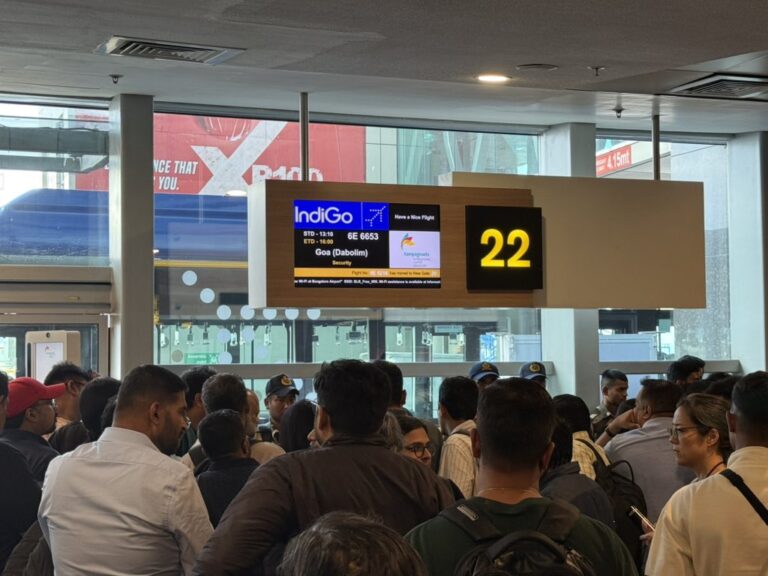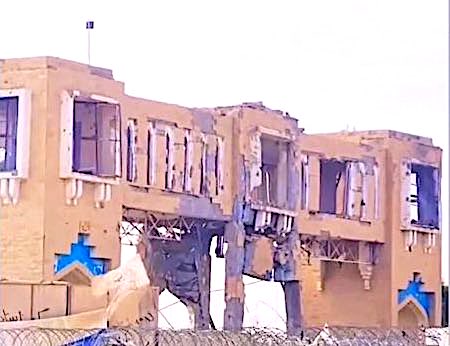
New Delhi: Arsenic has been reported in groundwater in parts of 230 districts in 25 States of the country, the Minister of State for Jal Shakti, Bishweswar Tudu, said in a written reply in Rajya Sabha today.
According to the World Health Organization (WHO), long-term exposure to arsenic from drinking water and food can cause cancer and skin lesions. It has also been associated with cardiovascular disease and diabetes. In utero and early childhood exposure has been linked to negative impacts on cognitive development and increased deaths in young adults.
Studies by the Central Ground Water Board (CGWB) indicated the occurrence of arsenic in groundwater beyond permissible limits (as per Bureau of India Standards -BIS) for human consumption in isolated pockets in various States and Union Territories including Tamil Nadu.
In Tamil Nadu, out of 1208 groundwater samples, 16 samples (1.3%) were found to have arsenic above the BIS limit.
Under the National Aquifer Mapping and Management Program (NAQUIM), arsenic safe exploratory wells have been constructed in arsenic affected parts of the States of West Bengal, Bihar and Uttar Pradesh. The arsenic safe deeper aquifer zones have been identified and wells have been constructed tapping the arsenic safe deeper aquifers using innovative cement sealing technique. So far, 513 exploratory wells tapping arsenic safe aquifers have been constructed under NAQUIM programme including 40 in Bihar, 188 in West Bengal and 285 in Uttar Pradesh.
Arsenic contamination is understood to be of geogenic origin, resulting from the release of Arsenic from soil/aquifer matter under conducive conditions.
Since, arsenic contamination in groundwater is geogenic in origin, reducing the level of arsenic in groundwater is not feasible on a large scale, the Minister stated. He further claimed that water being a state subject, the responsibility of groundwater management, including taking initiatives for improving groundwater quality and mitigating the contamination issue, lies primarily with the state governments. He, though, claimed that several steps have also been taken by the Central Government in this regard.
Some of them were as follows:
- CGWB is successfully constructing arsenic-free wells in arsenic-affected areas using the cement sealing technology for tapping contamination-free aquifers.
- Central Pollution Control Board (CPCB) in association with State Pollution Control Boards/Pollution Control Committees (SPCBs/PCCs) is implementing the provisions of the Water (Prevention & Control) Act, 1974 and the Environment (Protection) Act, 1986 to prevent and control pollution in water.
- The government of India, in partnership with States, has been implementing the Jal Jeevan Mission (JJM) since August 2019 to provide potable tap water supply of prescribed quality on a regular and long-term basis to every rural household in the country. Under JJM, while planning water supply schemes to provide tap water supply to households, priority is given to quality-affected habitations. While allocating the funds to States/ UTs in a particular financial year, 10% weightage is given to the population residing in habitations affected by chemical contaminants. Since, planning, implementation and commissioning of piped water supply schemes based on a safe water source may take time, purely as an interim measure, States/ UTs have been advised to install community water purification plants (CWPPs) in such habitations, to provide potable water to every household at the rate of 8–10 litre per capita per day (lpcd) to meet their drinking and cooking requirements.
- Department of Drinking Water & Sanitation launched a National Water Quality Sub-Mission (NWQSM) on March 22, 2017, as a part of the National Rural Drinking Water Programme (NRDWP), which has now been subsumed under JJM, to provide safe drinking water to 27, 544 arsenic/fluoride affected rural habitations in the country.
- Similarly, the Atal Mission for Rejuvenation and Urban Transformation (AMRUT) scheme has been implemented since June 25, 2015, in selected 500 cities and towns across the country which focuses on the development of basic urban infrastructure in the AMRUT cities, such as water supply, sewerage & septage management, stormwater drainage, green spaces and parks, and non-motorized urban transport. Further, AMRUT- 2.0 was launched on October 1, 2021, for the period of 05 years (FY 2021-22 to 2025-26), to provide universal coverage of water supply through functional household tap connections in all statutory towns in the country.
– global bihari bureau





